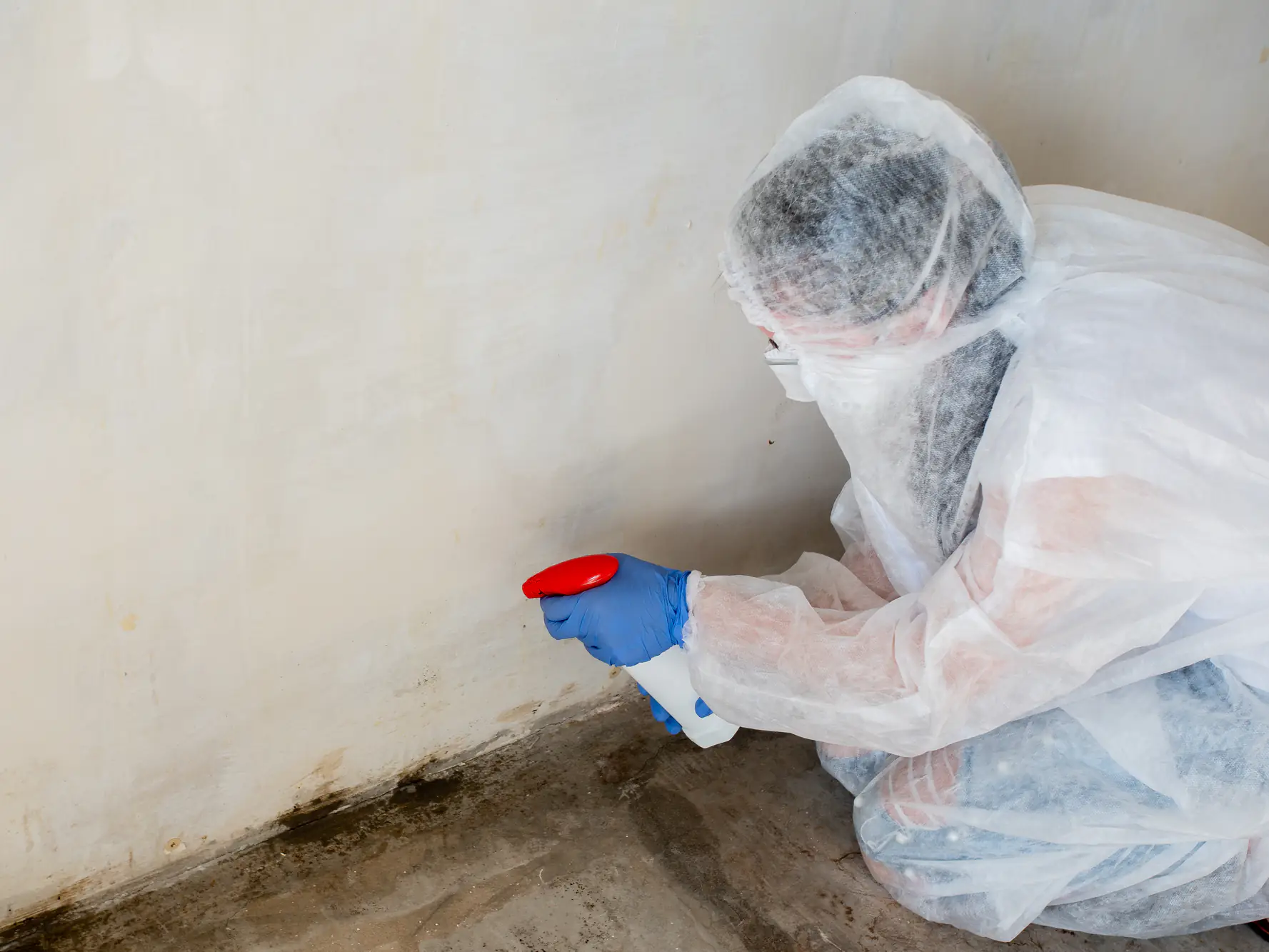
Hear from Our Customers
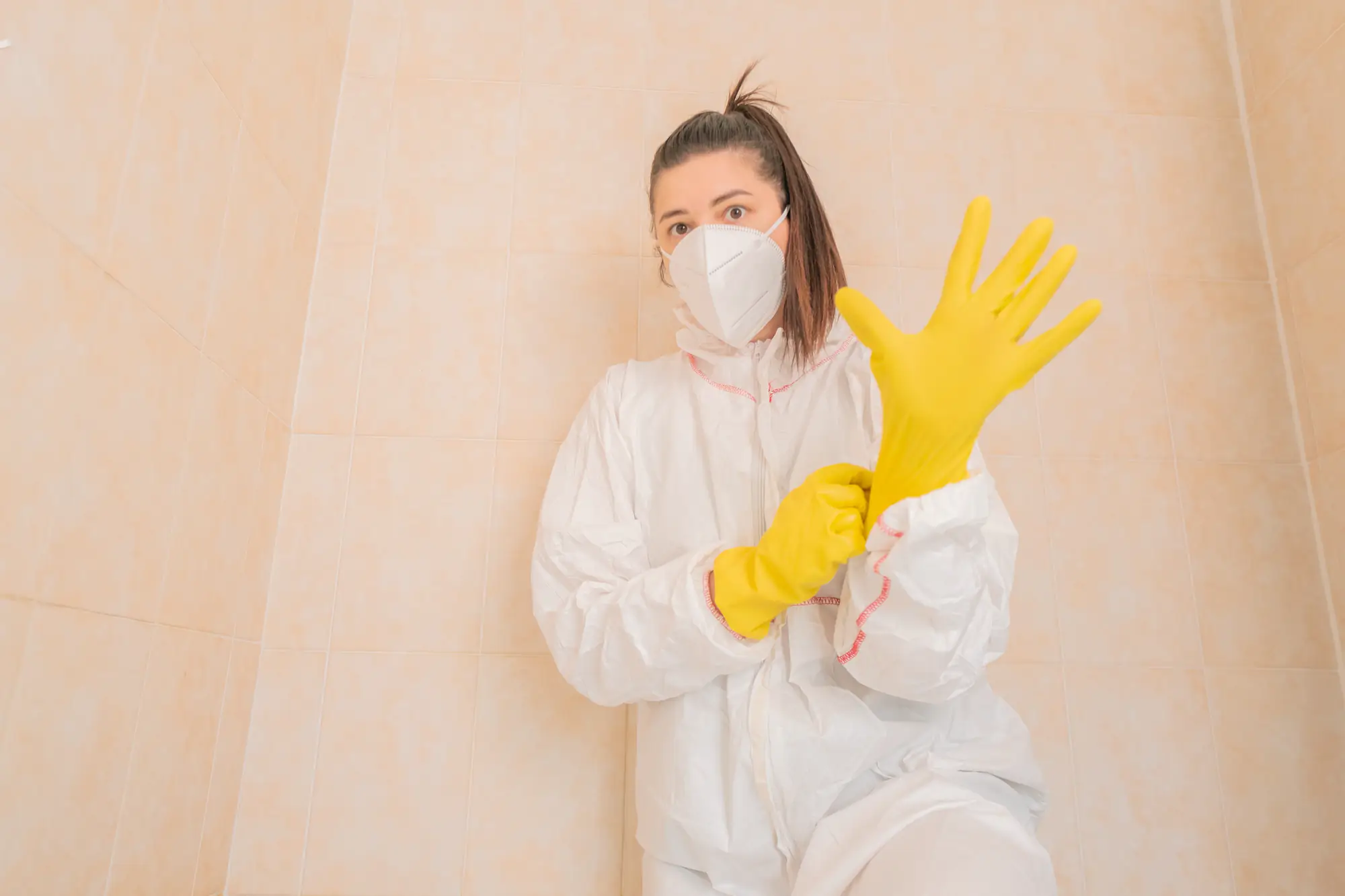
You walk into your home and breathe easily. No more musty smells, no more wondering if that headache is from the air you’re breathing. Your kids play without coughing fits, and you sleep knowing your family is safe.
The black spots are gone, but more importantly, the source is fixed. Your basement stays dry, your bathroom stays fresh, and your attic doesn’t harbor hidden growth. You’ve got your home back—and your peace of mind.
This isn’t about covering up a problem. It’s about solving it completely so you never have to think about it again.
We’ve been helping Cottageville families deal with mold for years. We know this area—the humidity that builds up in summer, the damp winters, the way water finds its way into basements and crawl spaces.
We’re not some national chain that treats every job the same. We understand how Bucks County homes are built, where moisture problems typically start, and what actually works long-term in this climate.
When you call us, you’re getting local expertise backed by professional training and EPA-approved methods. We live here too, and we want your family as safe as ours.
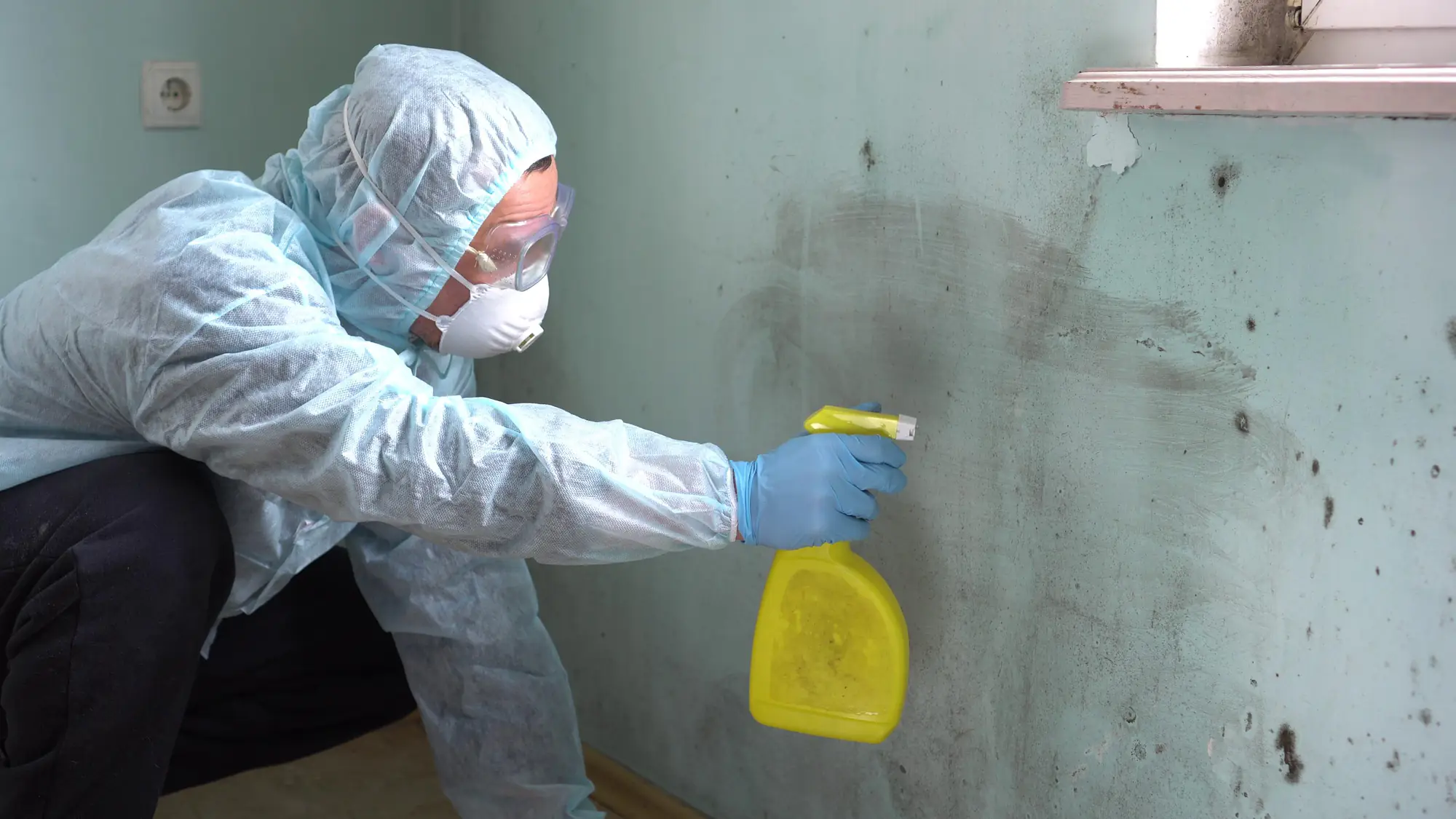
First, we inspect everything—not just the obvious spots. We use professional equipment to find mold you can’t see, test the air quality, and figure out exactly what’s causing the problem.
Next, we contain the area to prevent spores from spreading to clean parts of your home. Then we remove the mold safely using EPA-approved methods and specialized equipment.
But here’s what matters most: we fix the underlying moisture issue. Whether it’s a leak, poor ventilation, or humidity control, we address what caused the mold in the first place. That’s how you prevent it from coming back.
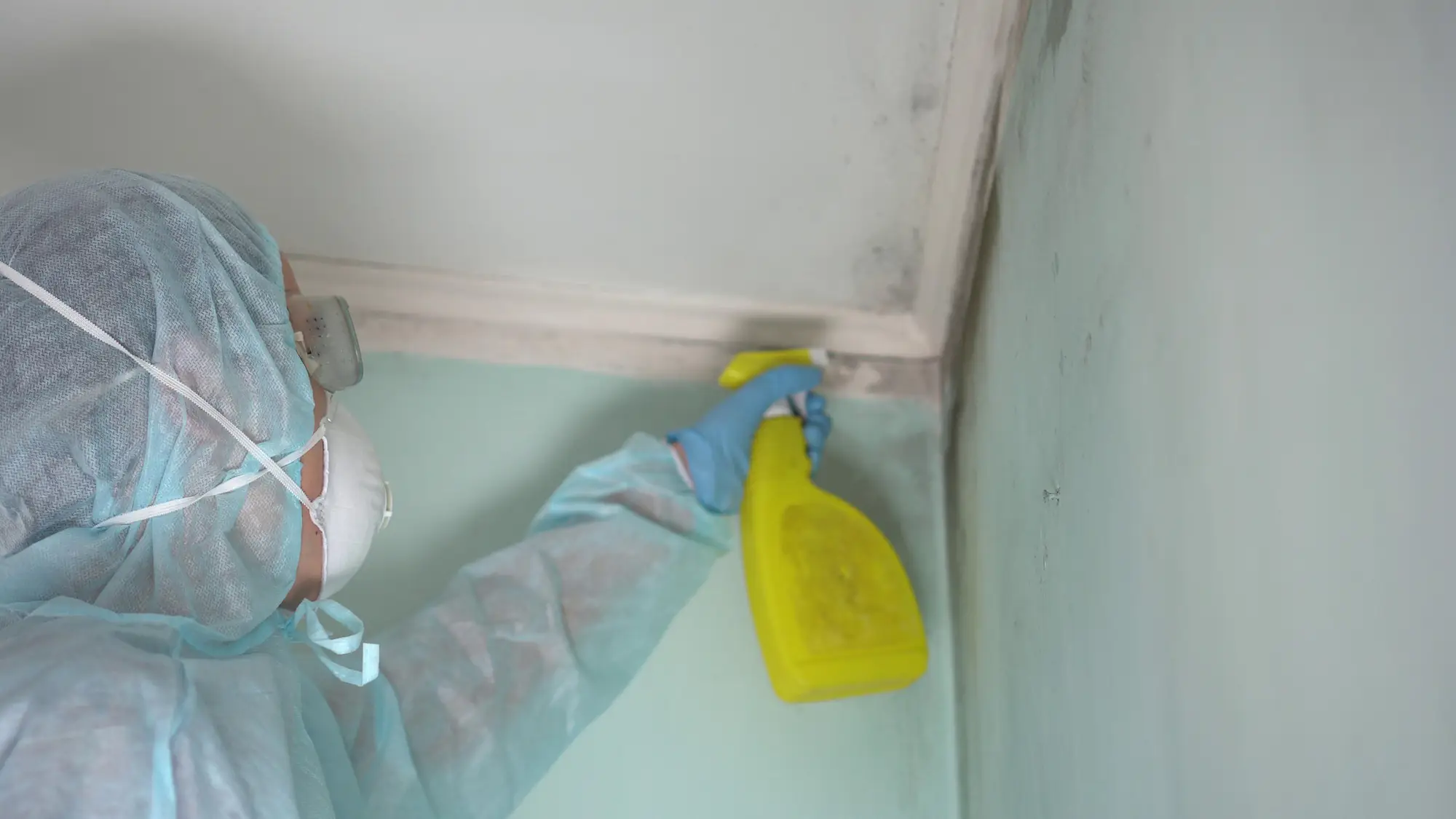
Ready to get started?
Every job starts with a free inspection and honest assessment. We test your air quality, identify the type of mold present, and map out exactly where the problem exists—including hidden areas behind walls or under flooring.
You get upfront pricing before we start, so no surprises. We work with your insurance company to handle the paperwork and make the process as smooth as possible for you.
In Cottageville and throughout Bucks County, we see the same patterns: basement moisture from our clay soil, attic condensation from temperature swings, and bathroom humidity that never quite dries out. We know how to handle each situation because we’ve seen them all before.
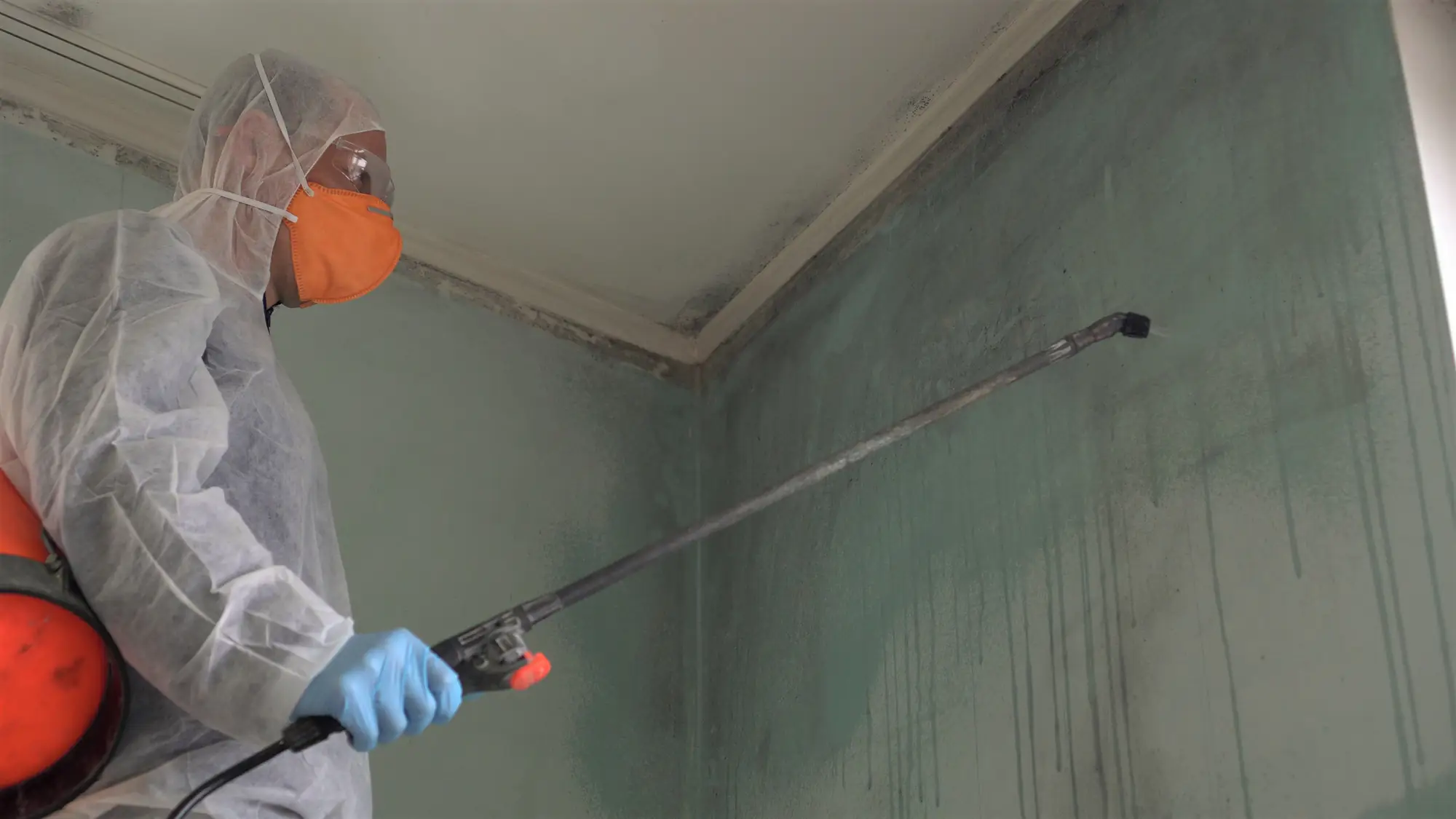
Mold can start growing within 24 to 48 hours after water exposure, especially in Bucks County’s humid climate. This is why acting fast after any water damage—whether from a burst pipe, roof leak, or basement flooding—is critical.
The combination of moisture, organic materials like drywall and wood, and our typical indoor temperatures creates perfect growing conditions. Once mold takes hold, it spreads rapidly through spores that become airborne and settle in new areas.
If you’ve had any water damage in the last few days, don’t wait to see if mold appears. The sooner we can assess and dry out affected areas, the better chance we have of preventing a full-blown mold problem.
Common symptoms include persistent coughing, sneezing, runny nose, itchy or watery eyes, and skin irritation. Many people also experience headaches, fatigue, or a general feeling of being unwell when they’re home.
For people with asthma or allergies, symptoms can be more severe—including difficulty breathing, chest tightness, or worsening of existing respiratory conditions. Children and elderly family members are often affected first and most noticeably.
The tricky thing is that mold symptoms often mimic seasonal allergies or common colds. If you notice these symptoms improve when you leave the house or get worse in certain rooms, that’s a strong indicator you should have your indoor air quality tested.
Bleach only works on non-porous surfaces and doesn’t kill mold roots that grow deep into materials like drywall, wood, or carpet. Plus, disturbing mold without proper containment can spread thousands of spores throughout your home.
The bigger issue is that visible mold is usually just the tip of the iceberg. Mold often grows behind walls, under flooring, or in HVAC systems where you can’t see it. Cleaning what’s visible doesn’t address the hidden growth or the moisture source causing the problem.
Professional remediation involves containment, specialized equipment, and addressing the root cause—not just surface cleaning. Attempting DIY removal often makes the problem worse by spreading contamination to previously clean areas.
Costs vary significantly based on the extent of contamination, location of the mold, and what’s needed to fix the underlying moisture problem. Small, contained areas might cost a few hundred dollars, while extensive remediation can run several thousand.
We provide free inspections and upfront estimates so you know exactly what you’re dealing with before any work begins. We also work with insurance companies—many policies cover mold remediation when it results from covered water damage.
The real cost to consider is what happens if you don’t address it properly. Mold damage gets worse over time, potentially affecting structural elements and requiring more extensive repairs. Plus, the health costs and decreased property value make professional remediation a smart investment.
Prevention is all about moisture control, and that’s where we focus most of our attention. We don’t just remove existing mold—we identify and fix what caused it in the first place.
This might involve repairing leaks, improving ventilation, installing dehumidifiers, or addressing drainage issues around your foundation. In Bucks County, we often see problems with basement moisture, inadequate bathroom ventilation, and attic condensation that need specific solutions.
We also provide guidance on maintaining proper humidity levels, ensuring good airflow, and recognizing early warning signs. The goal is to create an environment where mold simply can’t thrive, so you never have to deal with this problem again.
It depends on the extent of the contamination and your family’s health sensitivity. For small, contained areas, you can usually stay in unaffected parts of the house while we work.
For larger jobs or when dealing with toxic black mold, we might recommend temporary relocation—especially if you have young children, elderly family members, or anyone with respiratory issues. We always err on the side of caution when it comes to your family’s health.
We use professional containment methods to prevent cross-contamination and air scrubbers to maintain clean air in unaffected areas. We’ll discuss your specific situation during the initial inspection and recommend the safest approach for your family’s circumstances.
Other Services we provide in Cottageville